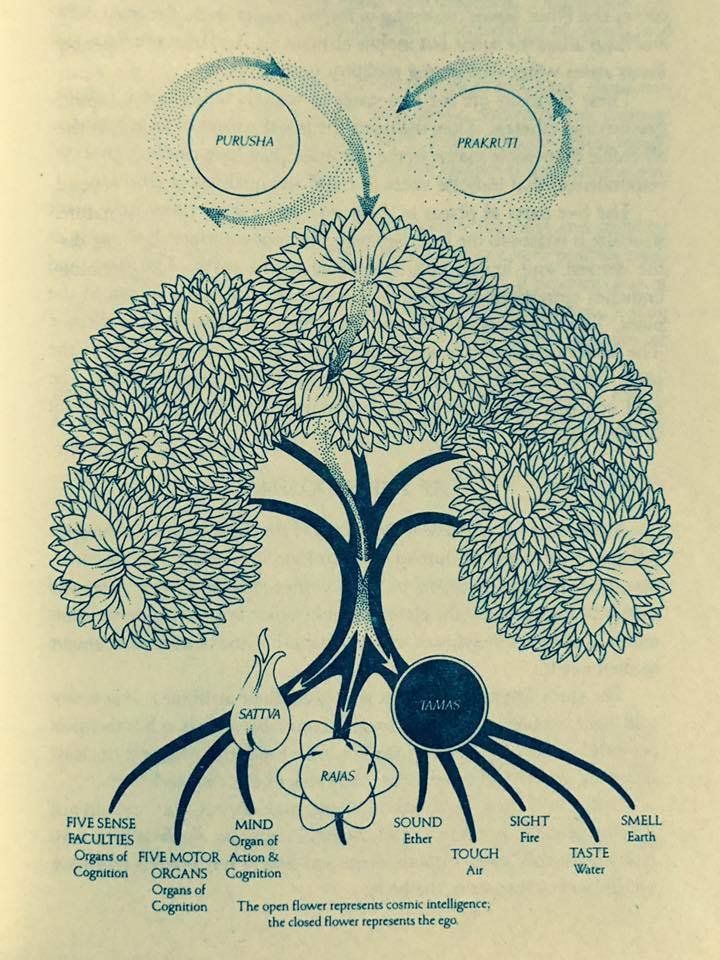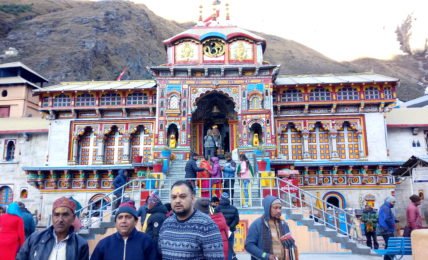Sankhya: The True Experience of Purusha and Prakriti
Sankhya is not a mental activity. It is existential. What is the Sankhya experience that our sages talk about and use as the foundation of various darshanas? It is the moment when there is total awareness of things as they are, of oneself as part of the manifest world, without a point where the awareness is centered, when the subject too becomes the object, or as Krishnamurti said, the observer becomes the observed.




